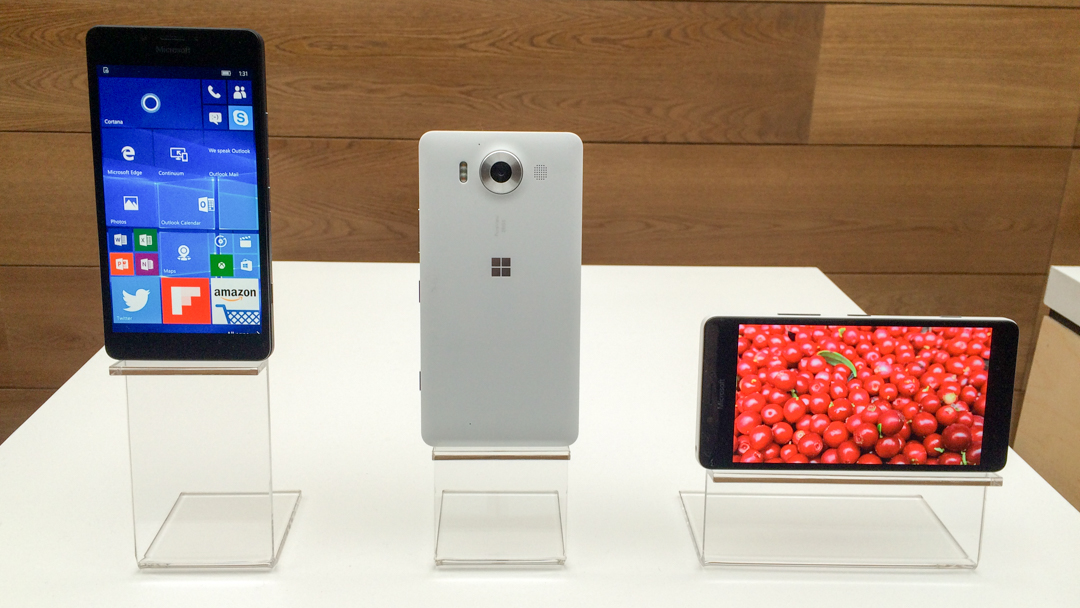Microsoft 'clearly missed the mobile phone' rise, admits Nadella
Windows-based phones account for less than 1 percent of the market

Despite sewing up the PC market, Microsoft has always struggled to gain traction in the smartphone space. It's a loss that CEO Satya Nadella painfully feels - and won't allow to happen in future emerging areas.
Speaking at the Wall Street Journal's WSJD Live conference, Nadella said there was "no question" that Microsoft missed the boat on smartphones, despite its Windows Phone and Windows 10 Continuum pushes.
"We clearly missed the mobile phone, there's no question," he said. "Our goal now is to make sure we grow new categories."
"We have devices which are phones today but the place where we are focused on, given where the market is, is what is the unique thing that our phone can do. We have a phone that in fact can replace your PC, the same way we have a tablet that can replace your laptop. Those are the categories that we want to go create."
However, despite innovations (such as the Continuum feature's ability to allow a Windows 10 phone to dock and become a mobile PC workstation), Microsoft holds only one percent of the smartphone market share.
- Nevertheless, a Surface Pro 5 is on the way
AR ambitions
Nadella is now on "the hunt for the next high volume category", which Microsoft believes will be augmented reality and virtual reality. The Redmond company won't make the same mistakes in those areas as it did with smartphones.
"If anything, the lesson learned for us was thinking of PC as the hub for all things for all time to come," said Nadella. "[That] was one of the bigger mistakes we made."
Sign up for breaking news, reviews, opinion, top tech deals, and more.
The company's HoloLens augmented reality headset could be the beginning of the company's next "ultimate computer" push, according to Nadella.
Mixing the real world with the digital, HoloLens uses augmented reality features to put your applications and games into the world around you, through the headset's visor.
With a developer version now out across the US, UK and Australia, it's pricey for a nascent technology at $3,000 / £2,719 / AU$4,369. But, unlike mobile, HoloLens at present seems very much office and business focused, and you wouldn't bet against Microsoft in those spaces.
- Hands-on: Microsoft HoloLens review
Via - Mashable

Gerald is Editor-in-Chief of Shortlist.com. Previously he was the Executive Editor for TechRadar, taking care of the site's home cinema, gaming, smart home, entertainment and audio output. He loves gaming, but don't expect him to play with you unless your console is hooked up to a 4K HDR screen and a 7.1 surround system. Before TechRadar, Gerald was Editor of Gizmodo UK. He was also the EIC of iMore.com, and is the author of 'Get Technology: Upgrade Your Future', published by Aurum Press.